Ready to try 17th Century Drinks
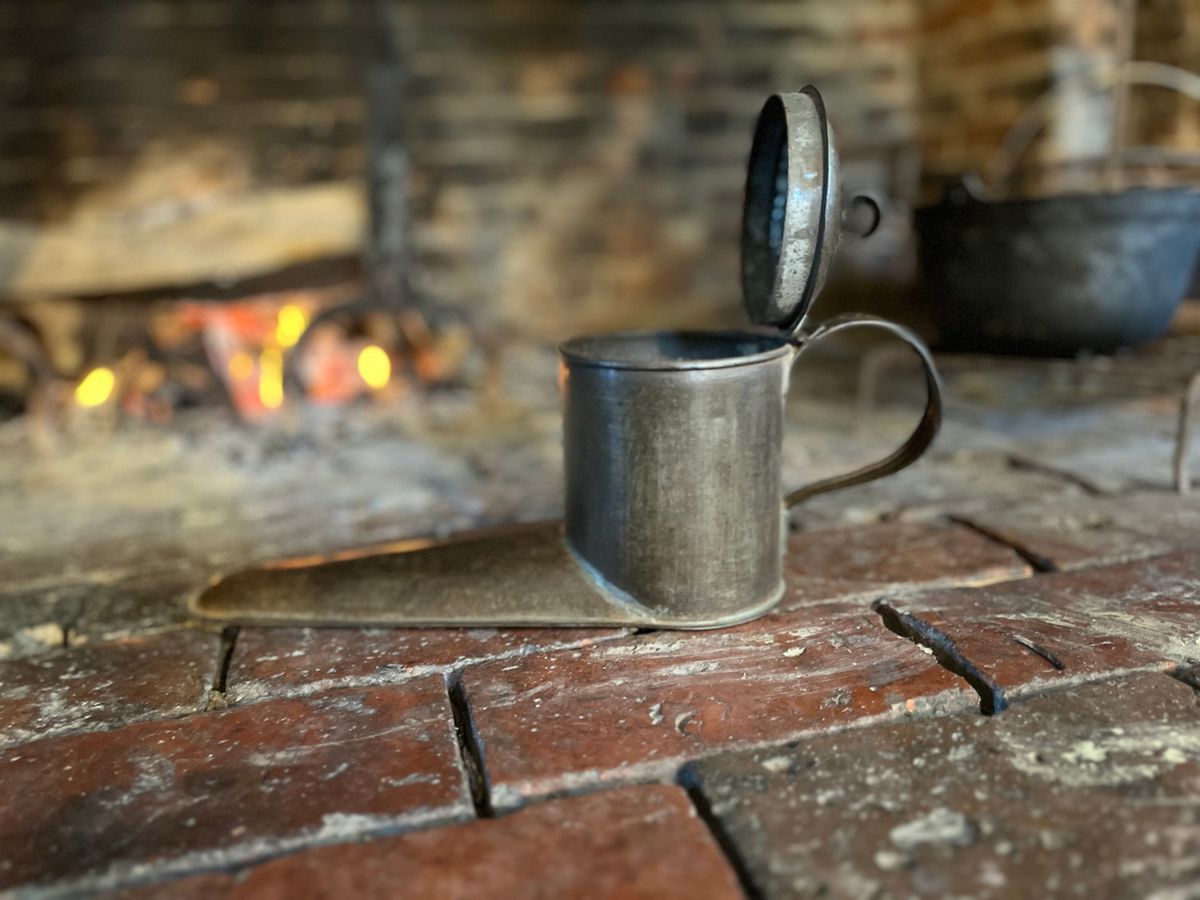
By 1679, a mere six years later, nearly half of the taverns added rum to their offerings, alongside beer, wine, and cider. Rum had firmly established its presence. As the late 1600s transitioned into the early 1700s, rum and rum-based mixed drinks surpassed all others in popularity. While home farmers focused on cider production, taverns served rum. Early rum came at a high cost (6 shillings per gallon) and possessed a less-than-desirable taste, earning it the moniker "Kill-Devil." However, blending this potent rum with other ingredients resulted in a palatable concoction.
In the 17th Century, much like today, tavern owners aimed to attract customers through specialty drinks. The main distinction lay in the limited availability and quality of alcoholic options back then. Taverns primarily offered cider, beer, and wine, with beer being the predominant choice. By 1672, an impressive 73 percent of licensed taverns in Boston exclusively served beer, often brewed at home. Beer was dispensed in pints or quarts and duly recorded in ledgers, both as a legal requirement and for credit tracking – thus giving rise to the phrase "mind your p’s and q’s."
Beer and cider were produced within households and were considered tasks associated with women. This practice contributed to family income and offered a source of revenue for women. Wine, too, was crafted at home or imported, with Boston taverns serving both homemade and imported wines from Madeira. Just like today, taverns actively worked to secure the best supplies, often engaging in trade with women.
By 1679, a mere six years later, nearly half of the taverns added rum to their offerings, alongside beer, wine, and cider. This increase in rum reduced the amount of beer needed and the resulting income for women while increasing the number of drunks. Rum had firmly established its presence. As the late 1600s transitioned into the early 1700s, rum and rum-based mixed drinks surpassed all others in popularity. While home farmers concentrated on cider production, taverns proudly served rum. Early rum came at a high cost (6 shillings per gallon) and had a less-than-desirable taste, earning it the nickname "Kill-Devil." Nevertheless, blending this potent rum with other ingredients resulted in a palatable concoction.
Mixed drinks of the 17th century
Back in the day, drinking hard cider (with about 4% alcohol) was the norm – it was everywhere, in taverns and homes alike. There was also something called water-cider or ciderkin, crafted from the leftover pomace that soaked in water after the cider pressing. Believe it or not, this mixture was even served to children. And for a refreshing summer treat, water-cider got an upgrade with the addition of molasses and ginger.
To jazz things up a bit, folks would throw in spices, giving rise to mulling cider – a process of heating cider with spices. And then there was this delightful concoction known as a Syllabub, a fancy cocktail that truly made cider stand out.
Posset/Syllabub
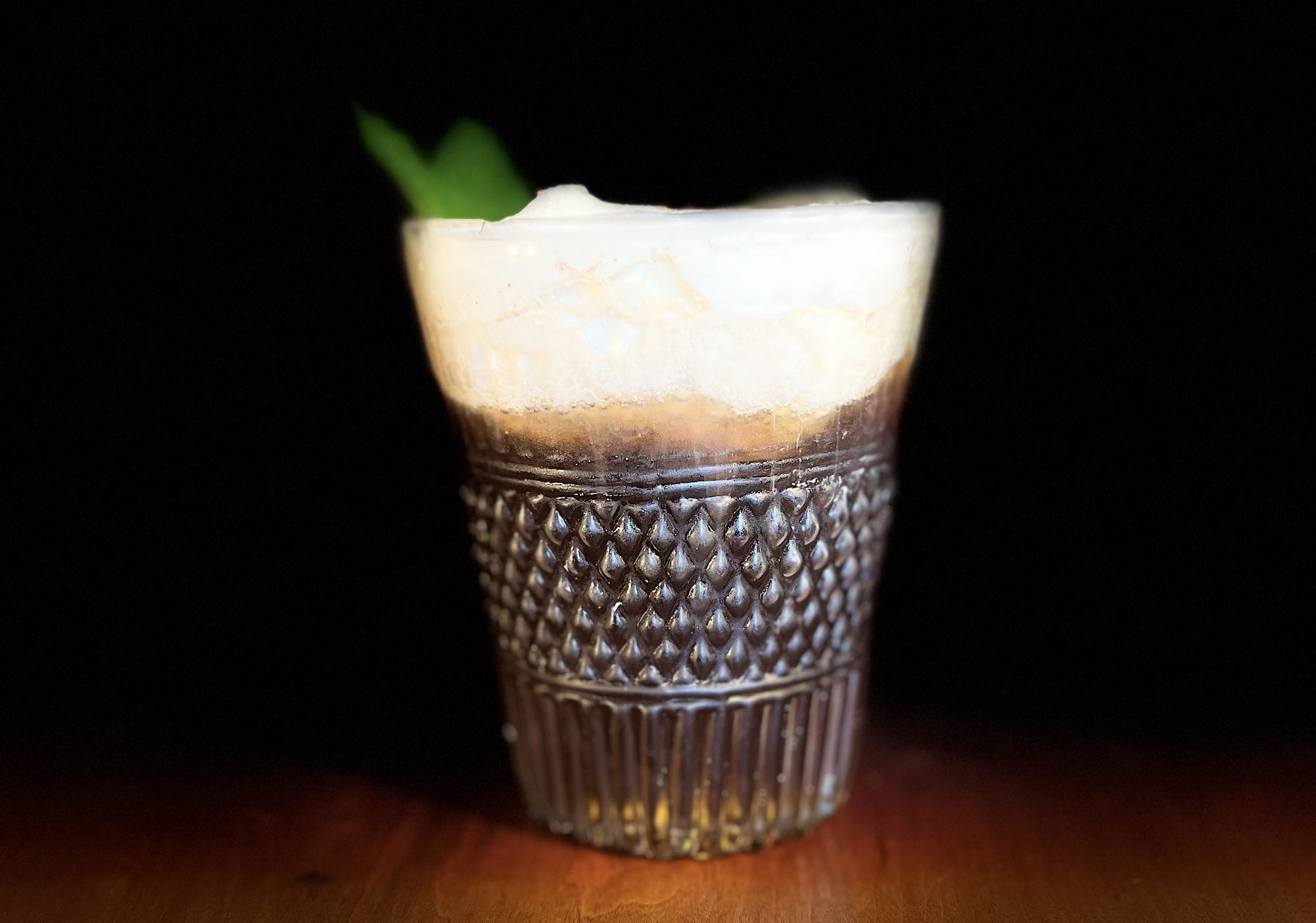
Posset: A Simple Pleasure Posset is a treat crafted from everyday ingredients, bringing warmth and comfort to any occasion. This delightful concoction starts with home-brewed, robust dark beer, infused with aromatic spices, mostly a sprinkle of nutmeg. Then comes the pièce de résistance – a dollop of sweet, velvety whipped cream, playfully adorned with a garnish like currents or a hint of mint. This drink, beloved by many, earned its place of honor, often being the beverage of choice at weddings.
Creating Your Own Posset: To conjure the magic, begin by gently pouring a bottle of rich dark beer or ale (I opted for Smithwick’s Red Ale) into a generously sized glass. In a separate bowl, whisk together half a cup of cream and a dash of sugar to suit your taste. With care, ladle the enchanting, whipped cream over the beer's surface. A final touch of freshly grated nutmeg adds an inviting aroma, and a sprinkle of currents (the traditional choice) or any other garnish crowns this masterpiece.
Syllabub: Posset's Playful Sibling Syllabub, akin to posset, is a delightful family member with its own captivating story. These concoctions share a frothy crown of cream, perched atop an array of alcohols such as cider, beer, or wine, spiced with a touch of magic - spices and sugar. Our journey begins with the Common Syllabub, embracing the dynamic duo of Cider and Beer. Yet, if you're ready for an adventure, the Whipped or Solid Syllabub ventures into the realm of wine. The wise old cookbook even suggests embracing the bold character of Madeira (the red wonder) or perhaps a spirited brandy.
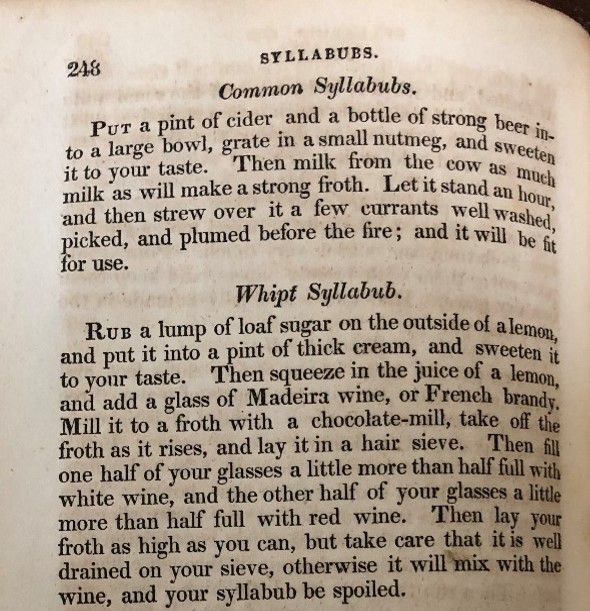
Common Syllabub: Mix 2 cups of cider with 1 bottle of beer, adding nutmeg to taste and 1 tablespoon of sugar into a bowl. Pour this delightful mixture into a glass. Now, take ½ cup of cream and whip it up into a lovely, thick froth. Gently crown your cider and beer concoction with this frothy cream and, for an extra touch of charm, throw in some currants or any other fruit to garnish.
Whipped Syllabub: Start with the grated zest of one lemon and add it to 1 cup of cream. Sprinkle in 1 tablespoon of sugar and transform this cream into a luxurious, thick froth. In a separate move, squeeze the juice out of the lemon into a wine glass. Combine this zesty juice with 1 cup of wine. Traditionally, the old recipe called for a mix of red and white wine, but you can absolutely go with just red or white. To complete this divine drink, top it off with the whipped cream you've prepared, and feel free to add a garnish or a sprinkle of grated nutmeg on top.
I must confess, I have a fondness for both Possets and Syllabubs. Each sip is a delightful journey with a smooth, rich flavor and a delightful spicy surprise. Back in the 17th century, cider and beer were warm, possibly even heated. The recipe doesn't specify the temperature, as it was commonly assumed to be warm. The cream dances on the surface of the beer, cider, or wine, creating a delightful contrast between the velvety liquid and the refreshingly cool cream on top. I've experimented with both a hot and a cold version of this drink and found the chilled version perfect for summer (kind of like an ice cream treat), while the warm one brings ultimate comfort in the winter. This indulgent beverage is just what you need during chilly weather or as a delightful treat after a satisfying meal. If you're on the lookout for something similar, think of an Irish Coffee – a toasty whiskey drink crowned with whipped cream. But I must say, Possets or Syllabubs would wonderfully take the place of the traditional after-dinner drink, offering a truly charming twist.
Both posset and syllabub extend an invitation to savor the simple joys, whispering tales of tradition and taste. So, go ahead, explore these charming libations, and let your taste buds revel in their stories.
Wine
Importing wine from the Madeira Islands and various other places was a luxury enjoyed by the wealthy, while most colonists took to crafting their own wine at home. The pages of the 1807 cookbook shed light on this flavorful tradition, revealing a delightful array of wines concocted from a wide spectrum of fruits: from blackberries to gooseberries, damsons to oranges, lemons to currents, raisins to grapes, cherries to raspberries, plums to apricots, and so much more. It was a creative art, where almost any fruit had the potential to transform into wine or brandy.
For those seeking to elevate their wine experience beyond the simple uncorking of a bottle, the popular choices were crafting a Syllabub, as we previously explored, or indulging in a steaming mug of mulled wine.
Mulled Wine - A Warm Embrace: Let me share a recipe adapted by Old Sturbridge Village from a charming 1851 concoction. While Mulled Wine reached its zenith of popularity during Victoria's era, it was also enjoyed with variations in colonial times.
Start by gently boiling 2 cups of water infused with an array of spices (a dash of nutmeg, a stick of broken cinnamon, and 1 tablespoon of pounded cloves) until it's reduced by half. Strain this aromatic water and then introduce the magic of 1 bottle of red wine. Watch as it gracefully simmers, and as the blend reaches a gentle boil, add sugar to your preferred sweetness. Once it's perfected to your taste, transfer this flavorful elixir into a charming pitcher or a punch bowl. (For a modern twist, consider enhancing it with slices of orange or other citrus fruits.)
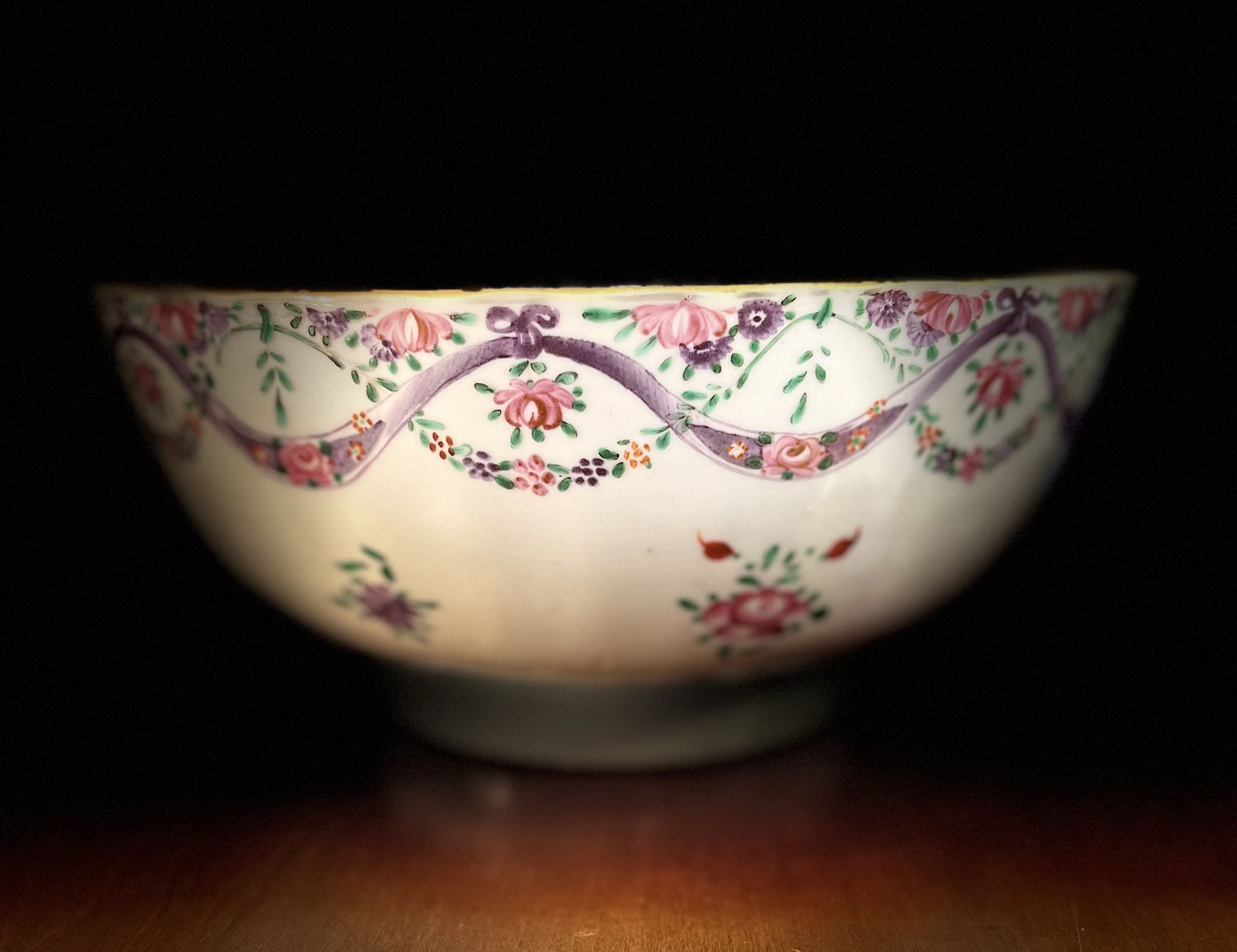
Another Wine Punch - A Playful Blend: And here's another intriguing concoction, a wine punch to captivate your senses. Begin by placing 12 lumps of sugar into a bowl, and then pour in 1 pint of hot water. Squeeze the vibrant essence of 2 lemons into the mix, zest and all. For a deeper layer of flavor, add ¼ cup of porter or stout, and just a hint of arrack. Now, stir it all until it dances into a foamy symphony. This delightful creation is sure to enchant.
Wine, in all its versatility, offered the chance to sip history in each delicious drop. Whether through intricate Syllabubs, cozy mulled brews, or inventive punches, the spirit of those times lives on in these delightful recipes.
Rum becomes the dominate
The Varied Identity of Rum: Ah, rum! The drink of many faces, known by many names. Throughout history, it's been called Rhum, Rumm, Barbados Brandy, and even Ocuby (pronounced ah-coobee) among the indigenous people. The monikers are as diverse as the regions it touched. In New England in 1651, it was aptly referred to as Kill-Devil, and the Dutch brought their own touch, naming it Brandy-wine. While the Caribbean bestowed upon us the richer, pricier variety, Boston and its surroundings produced their own version known as New England Rum – a more affordable but somewhat brusque counterpart. When it came to enhancing the flavors of rum, the world was the limit for mixers. Think rum with milk, sugar, and a sprinkle of nutmeg – a fantastic summer indulgence. Or picture warm beer and spices blending seamlessly with rum, perfect for any time. Sweetened vinegars or the delightful fusion of rum and cider introduced a touch of sweetness to the otherwise robust taste. You've got the gist – when it came to enjoying that alcoholic kick, there were no holds barred, especially when it meant turning a potentially harsh drink into a tantalizing treat.
The Classic Flip: Let's talk about Flip – a timeless concoction that has held its place in the limelight for over 150 years. In my earlier foray into Forgotten Taverns, I shed light on a common Flip recipe, but as with any beloved drink, there's a bouquet of variations to savor. A tavern in Canton, Massachusetts, earned fame for its "fancy flip," so let me share that special recipe with you.
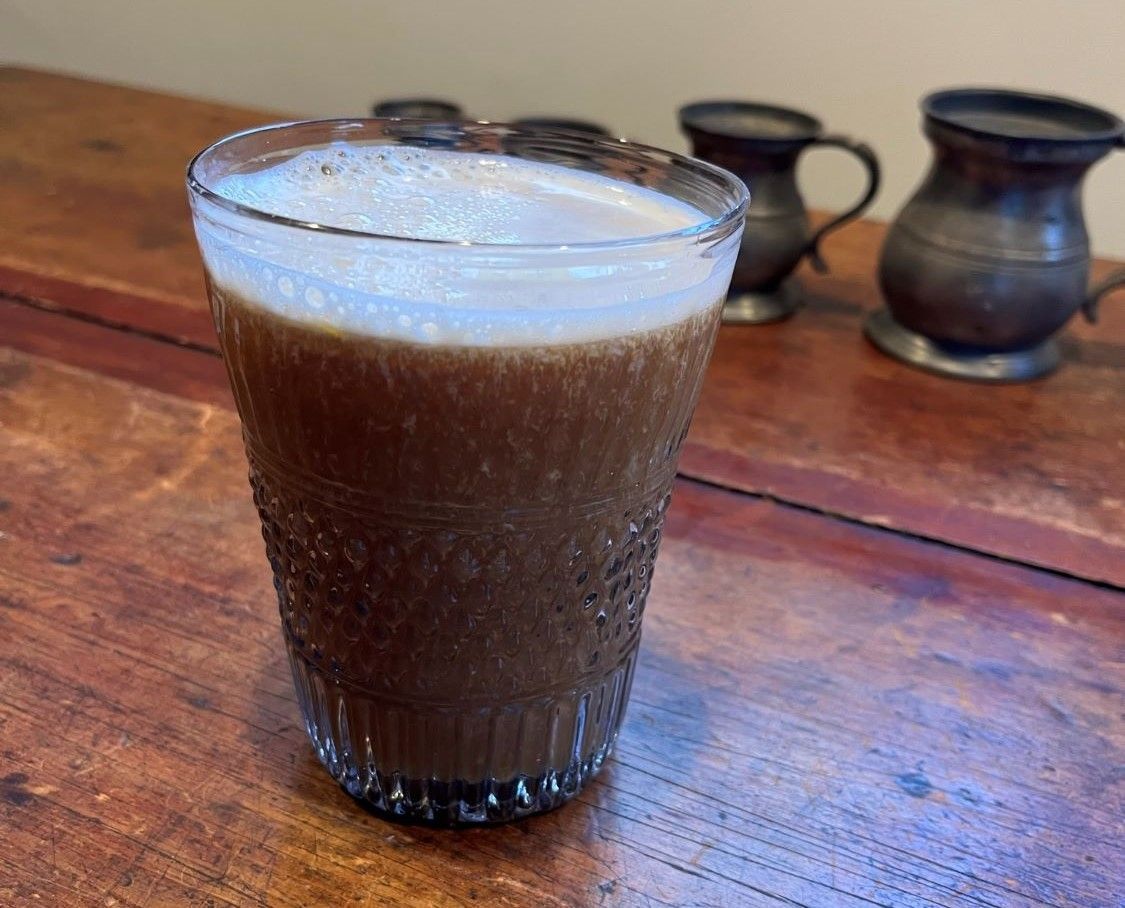
Creating the Fancy Flip: First things first, let's whip up a batch of sugar mix ahead of time. Cream together a hearty ensemble of 2 cups of cream, 4 eggs, and 4 pounds of sugar. This generous mix is perfect for a party-sized batch that can craft numerous drinks, so adjust the quantities as needed. Now, for a pitch-perfect serving of this indulgence: Blend 1 bottle of beer, 4 tablespoons of the sugar mix, and a cozy 1/4 cup of rum. The next step is to lovingly pour this mix into an earthenware or pewter pitcher, embracing tradition. Now, for the magical touch – insert a red-hot loggerhead (a poker) into the mixture, watch as it dances, creating a frothy spectacle. The final flourish is to gently pour this captivating elixir into individual glasses, each sip a journey through time and flavor.
Rattle-Skull
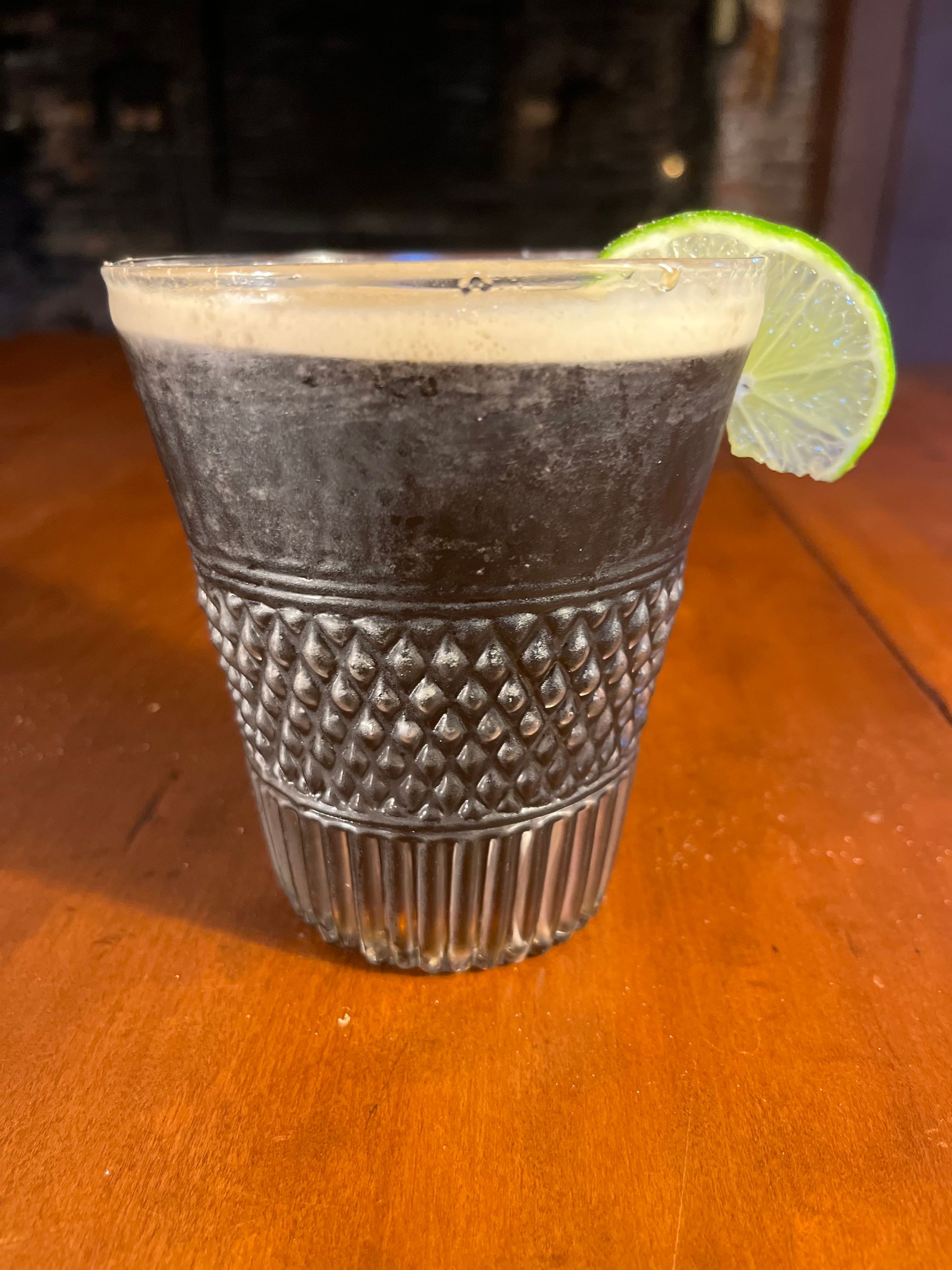
Rattle-Skull: A Chat with a Kick
Ever heard the English slang "rattle-skull" for someone chatty? Well, the drink named after it might make your brain feel like it's in a whirlwind. Just like a talkative companion, this concoction has quite a story to tell. Similar to the Flip, Rattle-Skull is yet another example of the art of combining beer and rum.
At first glance, it might seem like just another member of the rum-based drinks family, with its dark beer, rum, lime juice, and a sprinkle of nutmeg. But beware, this innocent-looking blend has a surprise in store – it's not to be underestimated.
Creating the Magic: To whip up this potion, start by mixing 3-4 ounces of rum (feel free to share the spotlight with brandy) with 2 cups of robust porter. The juice of half a lime adds that tangy twist, while a dash of grated nutmeg crowns the creation with a hint of spice.
A Deceptive Smoothness: Now, brace yourself for the experience. This drink might appear smooth and inviting, but it's got a punch hidden within its depths. You might find it reminiscent of the infamous Long Island Iced Tea – oh, the taste is delightful, yet the punch is real. It's a concoction that embraces you with flavor while delivering a memorable kick.
So, as you savor each sip of Rattle-Skull, let it be a reminder that appearances can be deceiving and that sometimes the most delightful conversations come with a twist. Just like a chatty friend, this drink engages your senses and leaves you with a story to tell. Cheers, and remember to enjoy responsibly!
Calibogus
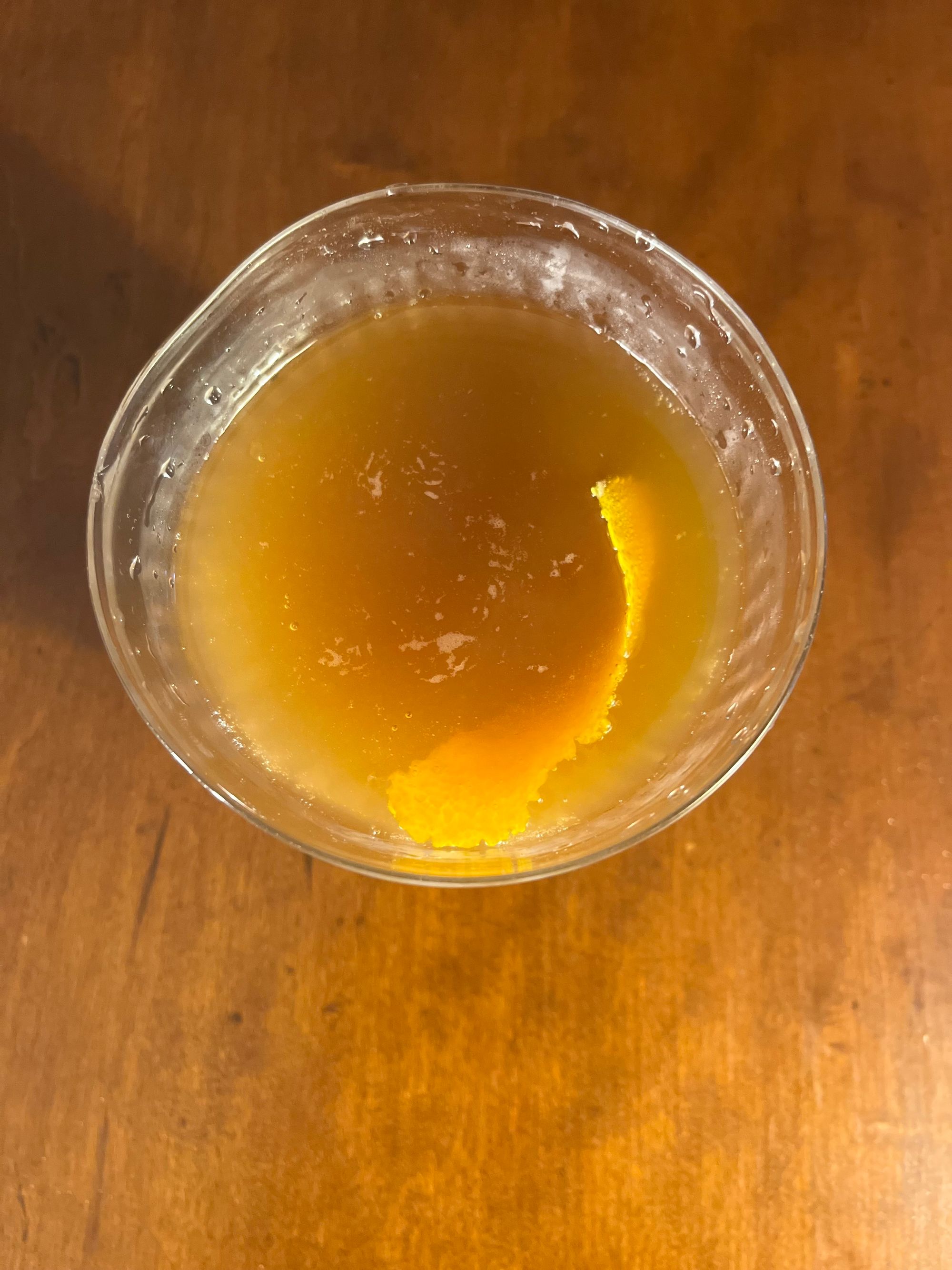
Calibogus: A Warm Embrace in a Glass. If a flip warms you up, then calibogus extends a cozy invitation at a slightly cooler temperature, though it's just as delightful when iced. In the world of blended beverages where beer and rum come together in harmonious fusion, calibogus claims its unique spot.
Crafting the Magic: To conjure this soothing concoction, begin by adding 1 oz of rum into your glass, then drop in a dollop of molasses and give it a friendly stir. Now, gently pour in 6 oz of spruce beer, allowing the glass to brim with warmth and flavor. Give it another swirl for good measure. Before you take that delightful sip, let's add the finishing touches. A lime slice or a curl of orange peel can garnish this comforting creation, adding a touch of visual delight to match the taste.
This drink is very refreshing while not too sweet. The spruce beer can be substituted with ginger beer for great variation on a theme.
The Cozy Companion: In a world of inventive concoctions where beer and rum waltz together, calibogus stands out as the warm, inviting partner. It's not as hot as a flip, nor as chilly as some others – it's that perfect in-between, embracing you with its gentle flavors. Think of it as the cozy hug of the drink world, offering warmth and refreshment in one sip.
So, whether you choose to enjoy it as a soothing warm companion or a refreshing iced treat, calibogus is your ticket to a world where flavors blend in harmony, creating a delightful symphony for your senses. Cheers to calibogus – your new comforting friend in a glass!
So there you have it, a glimpse into the captivating world of mixed drinks from the 17th and early 18th century. Through names and mixers, traditions and tweaks, these drinks have etched their stories into the tapestry of time, and I invite you to savor their tale with every sip. And as always, remember to enjoy responsibly.
In the next entry of Forgotten Taverns, we will explore the 18thcentury and the part taverns (and rum) played in the build up to the Revolutionary War.
Sources:
Chase, A.W. M.D., Dr. Chase's Recipes on Information for Everyone: About Eight Hundred Practical Recipes, Published by the Author, Ann Arbor, MI, 1866.
Earle, Alice Morse, Stage-Coach and Tavern Days, The MacMillan Company, New York, 1900.
Farley, John, The London Art of Cookery and Housekeeper's Complete Assistant, Scratcherd and Letterman, London, 1807.
Grasse, Steven, Colonial Spirits: A Toast to our Drunken History, Abrams Image, New York, 2016.
Henderson, W.A., Modern Domestic Cookery and Useful Receipt Book, Thomas Kinnersley, New York, 1828.
Hirsch, Corin, Forgotten Drinks of Colonial New England, American Palate, Charleston, SC, 2014.
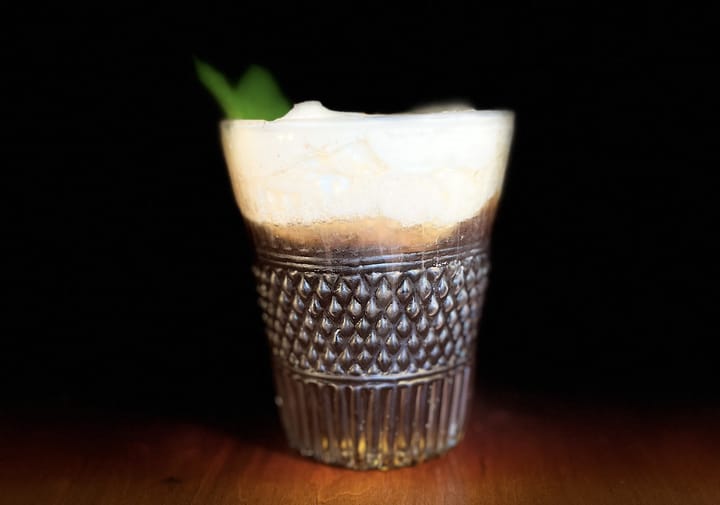
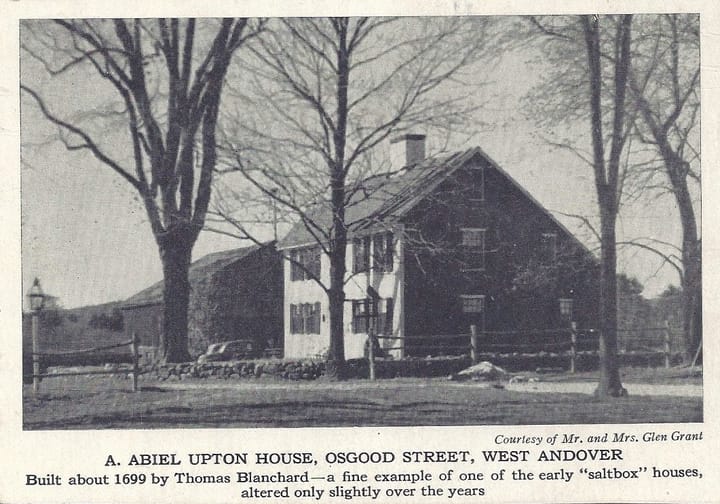

Comments ()